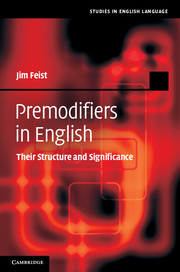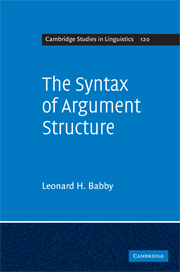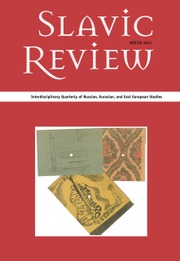Premodifiers in English
The order and behaviour of the premodifier (an adjective, or other modifying word that appears before a noun) has long been a puzzle to syntacticians and semanticists. Why can we say 'the actual red ball', but not 'the red actual ball'? And why, conversely, do some other premodifiers have free variation in sentences; for example we can say both 'German and English speakers' and 'English and German speakers'? Why do some premodifiers change the meaning of a phrase in some contexts; for example 'young man', can mean 'boyfriend', rather than 'man who is young'? Drawing on a corpus of over 4,000 examples of English premodifiers from a range of genres such as advertising, fiction and scientific texts, and across several varieties of English, this book synthesises research into premodifiers and provides a new explanation of their behaviour, order and use.
- Provides a new explanation of the behaviour, order and use of premodifiers
- Contains over 4,000 real-life examples of premodifiers from many varieties of English
- Integrates various levels of analysis, both synchronic and historical, with approaches from discourse structure, psycholinguistics and language acquisition
Product details
No date availableHardback
9781107000865
288 pages
235 × 155 × 15 mm
0.58kg
19 b/w illus. 110 tables
Table of Contents
- 1. Introduction
- 2. Zones, and types of order
- 3. Semantic explanation of unmarked order across the zones
- 4. Syntactic explanation of unmarked order across the zones
- 5. Unmarked order within the classifier zone
- 6. Free order
- 7. Marked order
- 8. Historical explanation of premodifier order
- 9. Supporting explanations of premodifier order
- 10. Discussion
- 11. Conclusion.







